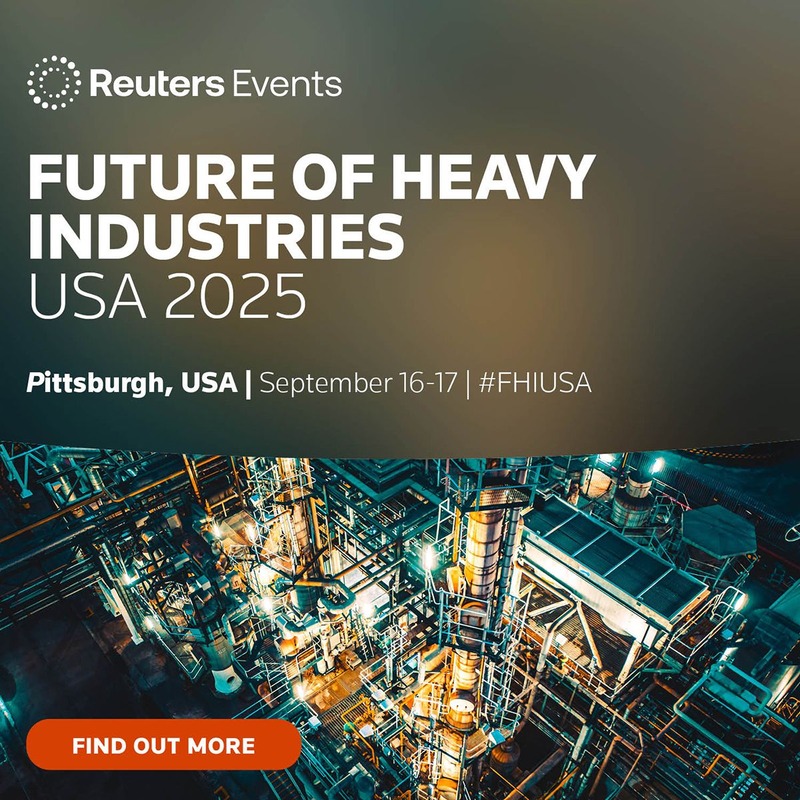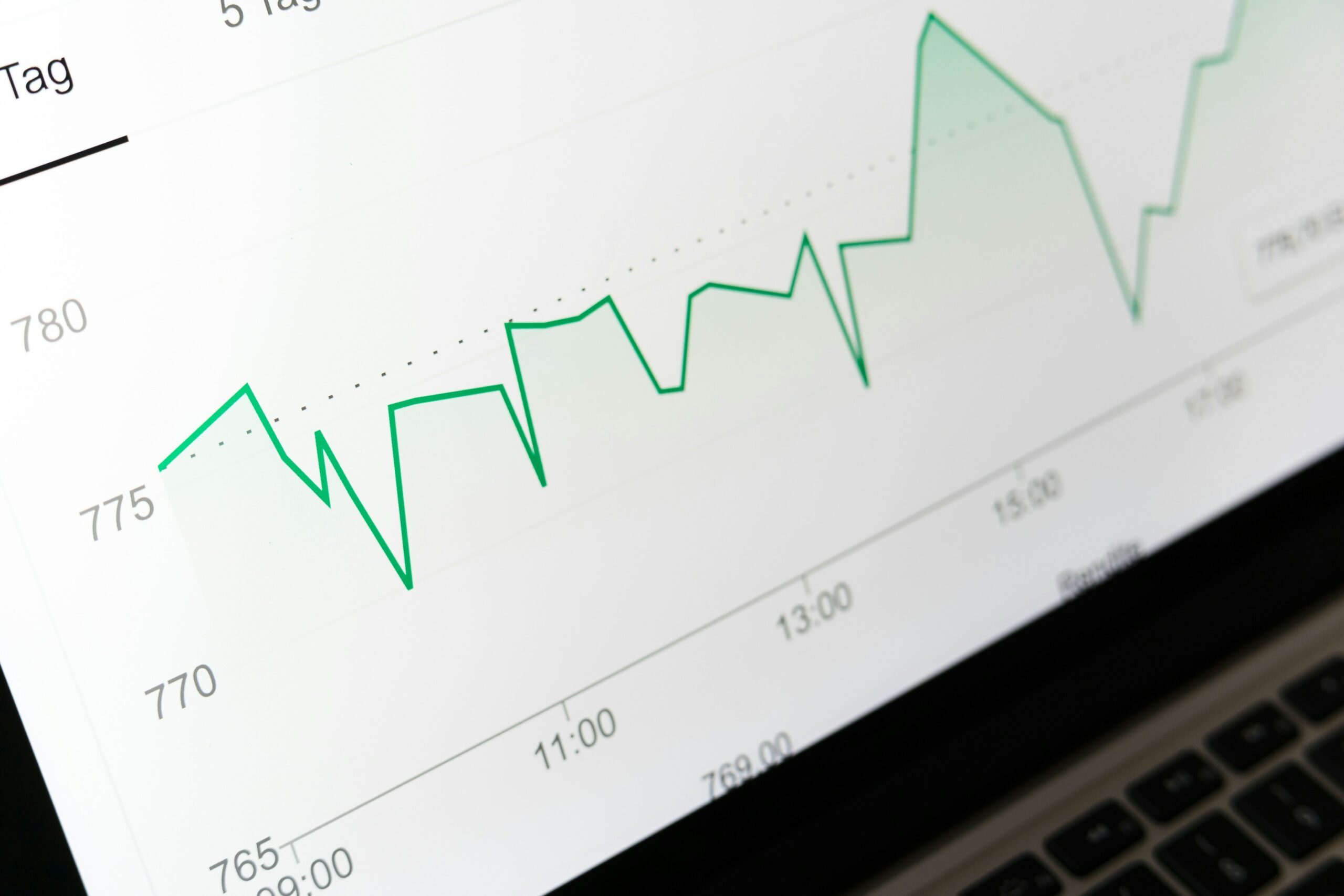As corporate decarbonization efforts intensify, carbon markets have emerged as a crucial tool for reducing emissions and driving sustainable growth. Looking ahead to 2025, these markets are approaching a significant tipping point, driven by regulatory changes, technological advances, and rising demand for high-quality credits.
Building on the momentum of 2024—a year that proved transformative for global carbon markets—we’ve witnessed unprecedented developments in regulatory oversight, market dynamics, and technological innovation. To better understand these shifts and their implications, we spoke with leading experts in the field:
- Charlie Renzoni, Vice President of Carbon Markets, Deep Sky.
- Andre Fernandez, Co-Founder & CEO, Invert Inc.
- Timothy Bushman, Director of Policy and Research, Carbon Removal Canada.

Their perspectives provide a comprehensive analysis of the trends that defined 2024 and what lies ahead for 2025.
Market Trends and Growth in 2024
Carbon Removal Moves Toward Market Maturity
Charlie Renzoni notes that the carbon removal sector has progressed beyond its early developmental phase stating that “in 2024, we have seen the continued shift to a mature value chain in the carbon removal market. This is defined by the establishment of dedicated project developers, technology companies adopting OEM business models, and the expansion of carbon removal equipment manufacturing capabilities.“
This transformation signals a more structured industry with clearly defined roles for stakeholders. The growing presence of dedicated developers and manufacturers is reducing project risks and lowering costs, paving the way for greater scalability in the sector.
The Growing Focus on Integrity Over Volume
Andre Fernandez points to an observable shift taking place across buyer behavior patterns– explaining that today’s buyers are prioritizing integrity over volume. Andre notes that “buyers are increasingly prioritizing integrity over volume, with a clear shift toward projects higher in transparency, impact, and adherence to new standards such as the ICVCM’s (Integrity Council for the Voluntary Carbon Market) CCPs (Core Carbon Principles).”
This trend reflects heightened scrutiny of carbon credits, with companies demanding verifiable, measurable emissions reductions. Premium prices now reward high-quality credits, leading to record revenues in carbon markets.
This fundamental shift toward integrity and accountability is poised to reshape the carbon market landscape for years to come, making high-quality credits an essential component of credible corporate climate strategies.
Voluntary Carbon Market Growth Remains Slow
Timothy Bushman points out that while the voluntary carbon market saw modest growth in 2024, it remains below earlier projection. More specifically, “the total value of the voluntary carbon market rose slightly from 2023 levels but still remains well below some of the rosy projections for market growth by 2030 and beyond.“
This underperformance reflects persistent skepticism about carbon credit credibility. Many buyers remain wary, influenced by historical issues with low-quality credits.
Without robust verification mechanisms and standardized quality metrics, the voluntary market risks falling further behind expectations, limiting its ability to scale effectively. This challenge is particularly acute given the urgent timelines for meeting global decarbonization commitments.
If we are to unlock the full potential of global voluntary market’s, robust verification systems and standardized quality metrics must become the new norm—making transparency and accountability non-negotiable prerequisites for market growth.
Regulatory and Policy Shifts in 2024
Article 6 and the Expansion of Compliance Markets
One of the most significant policy milestones of 2024 was the full operationalization of Article 6 of the Paris Agreement. Bushman highlights its significance, stating that “after nearly a decade of negotiations, countries finally struck an agreement at COP29 in Baku to fully operationalize Article 6… It remains to be seen what effect this will have on mobilizing carbon credit trading activities across political jurisdictions.”
This agreement establishes a framework for cross-border carbon credit trading, which could harmonize standards and create a more liquid global market. However, the real impact will depend on how quickly countries adopt and implement the framework.
Andre Fernandez also pointed to increasing regulatory requirements, stating that “2024 was a milestone year for moving the needle on hallmark carbon market policies… With an expected shortage of eligible credits under both schemes, scarcity could drive up the cost of compliance as demand outpaces supply.“
With expanding compliance obligations and tightening regulatory frameworks, companies now face unprecedented cost pressures in carbon markets. In the absence of long-term access to high-integrity carbon credits, businesses risk growing financial exposure as credit prices continue to rise.
The operationalization of Article 6, combined with increasingly stringent regulatory requirements, marks a fundamental transformation in compliance strategies. Companies must now proactively navigate this constrained market environment by building robust carbon credit portfolios that meet heightened quality standards and regulatory scrutiny.
Government Procurement Programs Driving Demand
In response to market challenges, governments are taking an increasingly active role in carbon markets through procurement programs designed to stimulate demand and ensure alignment with national climate goals. Timothy Bushman highlights a key policy move stemming from The Government of Canada which “announced that it will purchase CAD$10M worth of credits from carbon removal projects through its Low-carbon Fuel Procurement Program.”
This mirrors similar efforts by the U.S. Department of Energy, which launched a carbon removal credit purchase program aimed at driving market demand.
While these government-backed initiatives serve as vital demand bridges and support emerging carbon removal technologies, their long-term effectiveness remains uncertain. The programs may not generate enough sustained growth to scale carbon markets globally unless there is wider adoption and stronger private sector participation.
Voluntary vs. Compliance Markets: Convergence and Integration
Blurring Boundaries Between Voluntary and Compliance Markets
The boundaries between voluntary and compliance carbon markets are increasingly blurring, driven by growing demand for fungible, high-integrity credits. Charlie Renzoni highlighted this trend, stating that “fungibility is an emerging hot topic… We anticipate that the lines between voluntary and compliance markets will begin to blur as we approach 2030.”
This convergence signals that voluntary credits may soon need to meet stricter compliance standards. Companies active in voluntary markets must align their credits with international frameworks like CORSIA and country-specific policies such as Canada’s Direct Air Capture Protocol to remain competitive.
Fernandez echoes this view, predicting that “in 2025, we also expect greater integration between voluntary and compliance mechanisms, stronger demand for high-integrity credits, and increased oversight on carbon project claims.“
As governance tightens across both markets, businesses will face mounting pressure to reassess their carbon strategies.
The shift toward unified standards and enhanced scrutiny will likely push out lower-quality offsets while driving up demand—and prices—for compliance-ready credits. Companies that fail to adapt risk falling behind as the market evolves toward stricter accountability and transparency.
What does this mean for corporate actors?
Companies that proactively build robust carbon portfolios and embrace today’s new wave of stringent verification standards will gain competitive advantages, while comparatively, those who are slow to act are likely to face growing financial exposure and reputational damages in an increasingly regulated market.
Technology and Innovation: AI vs. Blockchain
AI Transforming Carbon Credit Monitoring
Andre Fernandez highlighted AI as a transformative force in carbon credit verification, stating “AI is enhancing MRV (Monitoring, Reporting, and Verification) by improving satellite imagery analysis, sensor data interpretation, and project impact forecasting.”
AI addresses long-standing issues of over-crediting by providing more accurate and transparent data, a critical improvement following past carbon credit scandals. By enhancing confidence in project outcomes, AI reduces risks for investors, project developers, and buyers who rely on credible emissions reductions to meet compliance and voluntary targets.
Skepticism Over Blockchain’s Role
Not all technologies are seen as equally impactful. Timothy Bushman expressed doubts about blockchain’s relevance in carbon markets, stating that he “doesn’t see a huge role for blockchain in carbon markets. However, advances in AI will be central to improving our monitoring and measurement capabilities to help boost the integrity of carbon projects.”
While blockchain initially generated excitement for its potential to improve transaction transparency, its adoption has been slow and limited.
In contrast, AI’s real-time monitoring capabilities directly address the market’s most pressing challenges, such as ensuring data accuracy and project accountability. This positions AI as a more immediate and practical solution for strengthening market integrity, while blockchain remains on the periphery of technological innovation in this space.
Projections for 2025: Key Market Trends
Upward Pressure on Carbon Pricing
With an eye towards the future, Andre Fernandez expects to see continued upward pressure on carbon prices, driven by stricter regulations. He explains that “compliance markets will likely see higher carbon prices, driven by tightening cap-and-trade systems and carbon tax adjustments, such as Canada’s rising federal carbon price.“
As governments intensify emissions reduction targets, companies face rising compliance credit costs— making long-term credit procurement strategies essential to manage financial risks and secure quality offsets. Those who delay risk facing escalating compliance costs in an increasingly competitive market.
Continued Market Integration and Oversight
Both Fernandez and Charlie Renzoni anticipate deeper integration between voluntary and compliance markets in 2025. Fernandez notes that we can “expect greater integration between voluntary and compliance mechanisms, stronger demand for high-integrity credits, and increased oversight on carbon project claims.”
As markets converge, stricter verification standards will help to gradually phase out lower-quality offsets.
This transformation demands a fundamental overhaul of corporate carbon strategies – organizations must not only upgrade their verification processes and reporting systems, but also develop sophisticated carbon portfolio management capabilities to maintain competitive advantage in an increasingly regulated market.
Challenges in Scaling Carbon Removal Supply
According to Timothy Bushman, demand creation for carbon removal remains a key roadblock to increasing the rate and scale of carbon removal adoption. Specifically, Bushman notes that this challenge is particularly acute “in the absence of widespread carbon removal inclusion in global compliance carbon markets.” This market exclusion directly impacts project economics.
Without integration into compliance frameworks, cost remains the fundamental barrier to scaling carbon removal projects, despite their potential for permanent emissions reductions. Without significant cost decreases or stronger policy support, these projects struggle to attract sufficient buyers.
Climate Insider Analysis
- High-Integrity Credits Take Center Stage: The demand for verifiable, high-quality credits is growing, with buyers increasingly rejecting lower-integrity offsets. This trend will likely continue in 2025.
- Regulatory Changes Will Drive Compliance Costs: Article 6, CORSIA, and national policies will increase demand for compliance-grade credits, potentially leading to a supply shortage.
- AI-Driven Verification is the Future: AI-powered monitoring and reporting tools are becoming essential for credibility. Blockchain, while promising, remains on the sidelines.
- Voluntary and Compliance Markets are Merging: Companies relying on voluntary offsets must adapt to stricter verification and reporting requirements as these markets converge.
- 2025 Outlook: Expect higher carbon prices, increased regulatory oversight, and persistent supply-side challenges for carbon removal. Companies must stay ahead by securing high-integrity credits and aligning with emerging compliance standards.
As the market matures, businesses will need to adapt to tightening regulations, increasing costs, and new technological requirements to remain competitive in the evolving carbon economy.








